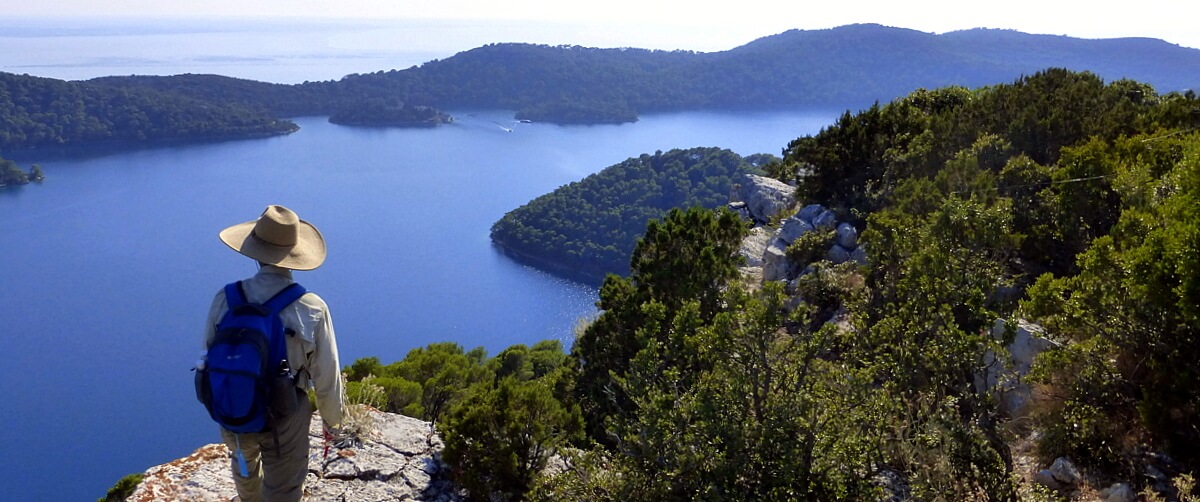By Dan Friesen
In 1988, Dad offered a tour to Central Europe he called Alpine Europe. It was to be his last year of travel, synchronizing with his retirement from teaching. On that tour were three couples connected with David Douglas High School. During the tour, as the story goes, while the group was staying at a small German town along the Rhine River, the three women from DDHS noticed signs in the town advertising a local walk.
These women were part of a network of walking clubs in the USA called Volkssport. Turns out the origins of Volkssport are in German-speaking Europe – Germany, Switzerland, and Austria – hence the name, which translates to “sport of the people”, just like the original Volkswagen was the “people’s car”.
These three travelers convinced Dad to alter the itinerary that day so they could participate in the volkswalk event, a 6.2 mile (10 km) walk, and everyone seemed to have a good time. These three gals ultimately became intent on convincing Dad to create tours in Europe that featured these volkswalks.
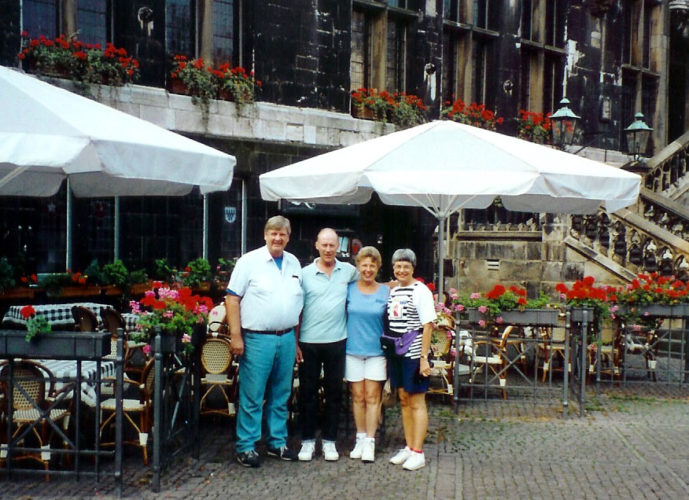
But Dad was set to retire. He and my mom had sold their home. They were living in an apartment waiting for a space in a secluded forest trailer park above Lake Merwin north of the border in Washington. It was remote. This was before internet. There was no phone. They were going dark. But these 3 gals convinced Dad that if he developed the tours, they would go out on the volkssport trails of Oregon on weekends and promote them. And they did – they were amazing successful!
International correspondence in those days, however, was one step removed from the Pony Express! There was no email. International phone rates were expensive. Fax machines were starting to become practical, but Dad was now living in the woods with no phone lines. Dad relied on trips to town to use a fax machine and mail service, which was pretty good and quite fast – usually getting to Europe within days.
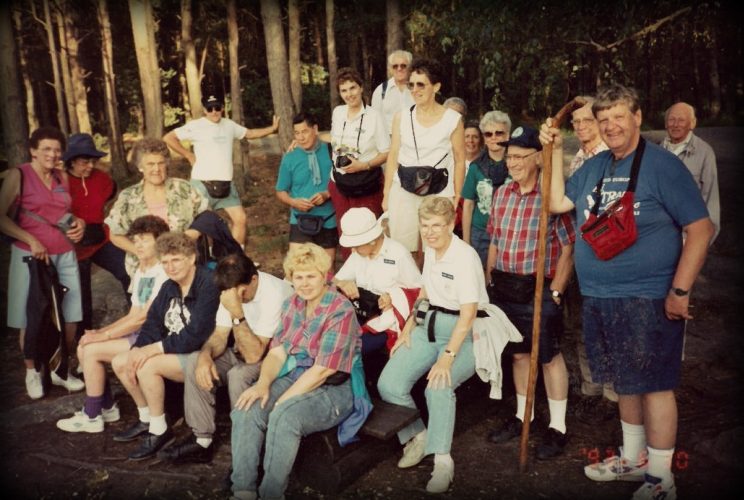
The volkswalk nature of the tour was also challenging. Local clubs had walks only on weekends. Usually, a given club would hold only one event per year. Knowing when clubs were holding events required the purchase of a book called the IVV (translated as “International Federation of Popular Sports”) Calendar, delivered by mail from Germany.
Interpreting the book required knowledge of languages (mainly German) and the geography and political boundaries of states and districts within countries. It turned out to be quite a challenge to connect the dots of hosting club events in a logical, efficient way that avoided backtracking. The goal was to participate in at least one walk in each country through which we traveled. Again, this was made more difficult by the fact that clubs typically hosted walks only on weekends.
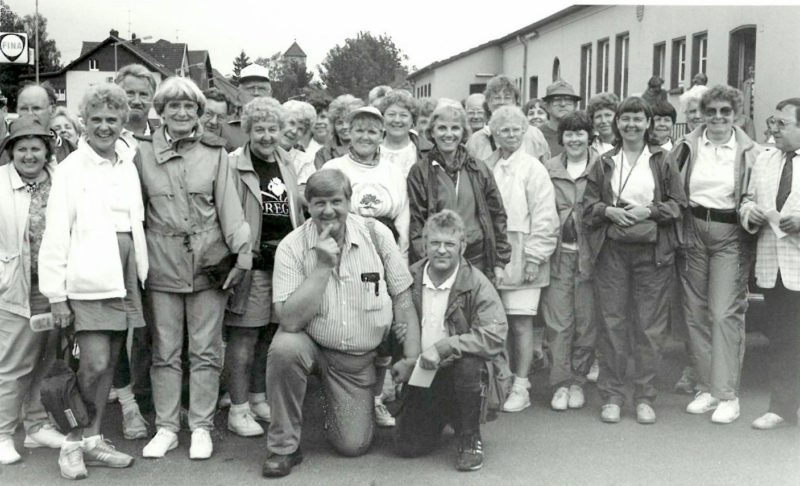
Ultimately this meant that the itinerary consisted of sightseeing activities during the week and attending walks on weekends, sometimes two per day or four per weekend.
No two trips were alike because, in different months, walks were hosted in different towns. In this way Dad mapped out trips through Central Europe – his classic Alpine Europe tour – then added a trip through the British Isles (England, Scotland, Wales, Ireland, and Northern Ireland), and finally Scandinavia. These were the Big Three tours he offered each summer in the early years.
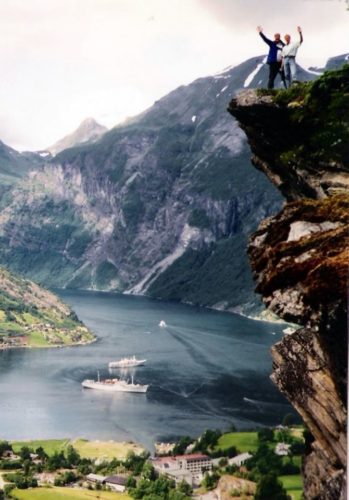
As I mentioned earlier, Dad was a home run hitter – he was a consummate optimist. I was an accountant at the time, and I helped him set up this new travel company he called simply “Walking Tours, Inc.” Before long, he convinced me that I should join him in running this new walking tour idea, and that it was going to be a nearly effortless way to make a living.
I left my job as a CPA in February 1992 and together we started the work of building Walking Tours, Inc.
In the next, and possibly last, post, I’ll try to provide a glimpse into partnering with Dad at WAI, and the last phase of Dad’s uncommon life.

